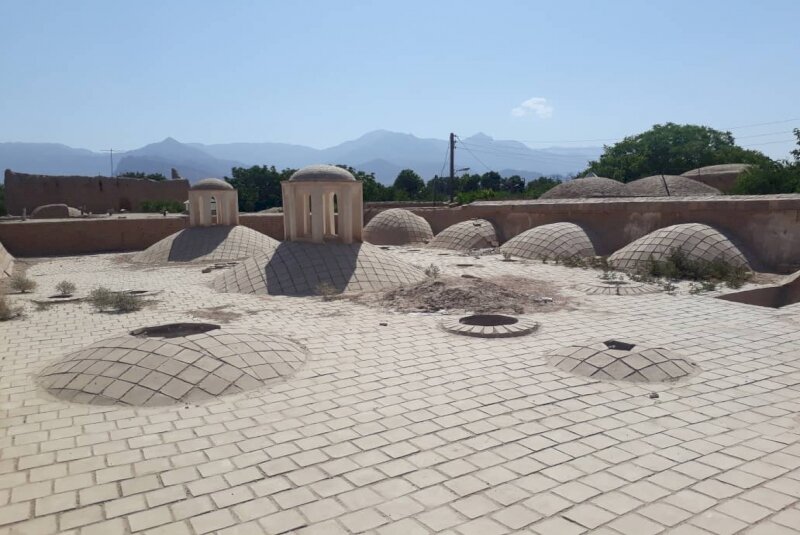Qajar-era bathhouse undergoes restoration

TEHRAN- Hammam-e Khan, a Qajar-era (1789–1925) public bathhouse in Kerman province, has undergone restoration, the deputy provincial tourism chief has said.
The restoration project involves strengthening the building, flooring, and removing the debris, Mojtaba Shafiei announced on Sunday.
Throughout the years, this privately owned monument, which is located in the city of Mahan, has been restored and renovated several times, the official added.
Bathhouses or ‘hammams’ in Iran were not only places for bathing and cleaning up. They had a social concept for people who gathered at these places weekly.
It was a place where people talked with each other about their daily life and shared humor and news. There are still bathhouses in Iranian cities but they do not have their social function anymore since most people have bathrooms in their homes due to the modern lifestyle.
Some cities had separate bathhouses for men and women. They were usually built next to each other. However, there were some bathhouses, which were used by men and women at different times of the day.
There were also male and female public bathhouses; at daybreak, a longhorn (booq-e javaz) was blown to announce that the bath was ready. Men came to the baths from daybreak till the afternoon. Women could use the bathhouses from then to sunset. In some cases, five days were allocated to men and two days to women.
Persian literature is full of proverbs, narrations, and folk stories about bathhouses, which indicate the importance of the place in the past time.
Big and sprawling Kerman province is something of a cultural melting pot, blending various regional cultures over time. It is also home to rich tourist spots and historical sites including bazaars, mosques, caravanserais, and ruins of ancient urban areas.
Kerman province is bounded by the provinces of Fars on the west, Yazd on the north, South Khorasan on the northeast, Sistan-Baluchestan on the east, and Hormozgan on the south. It includes the southern part of the central Iranian desert, the Dasht-e Lut.
ABU/AFM
Leave a Comment